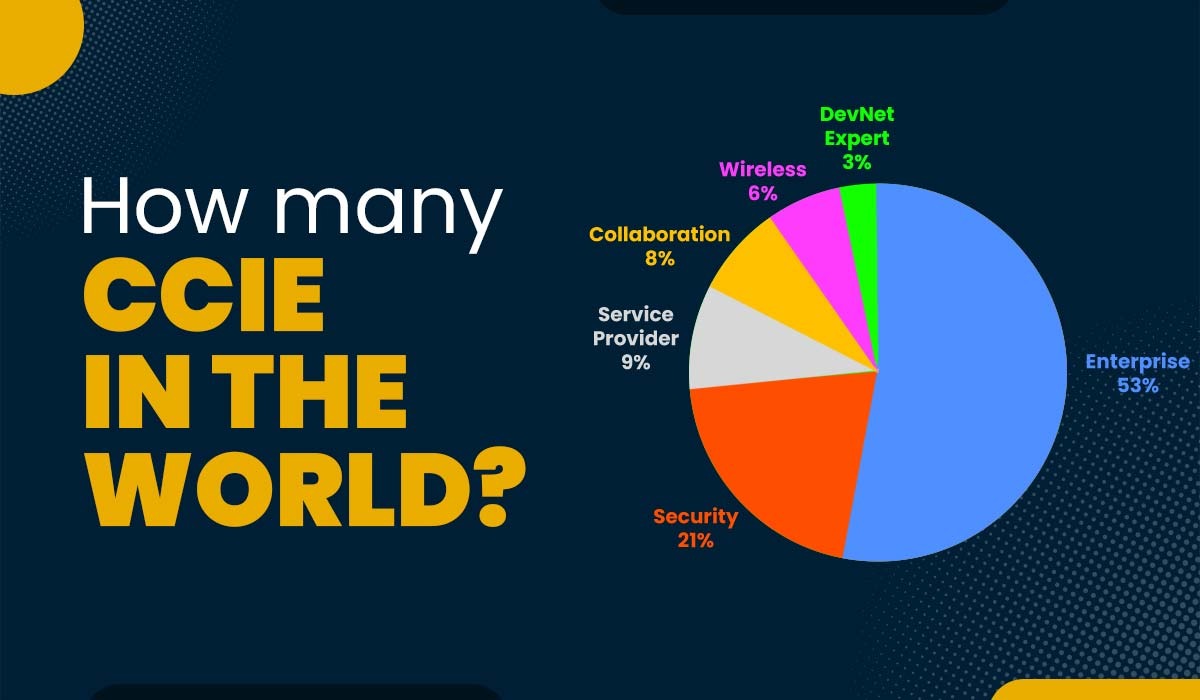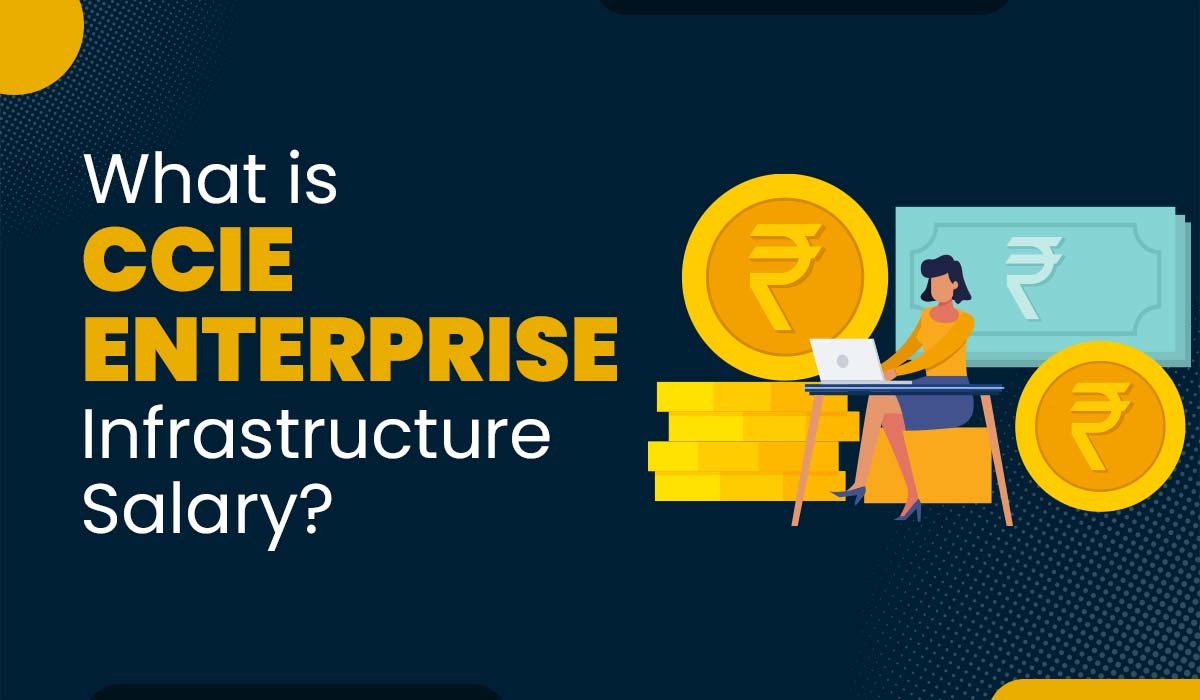What is IPv6 (Internet Protocol version 6)?

IP stands for Internet Protocol, basically your digital identity over the internet. Every device connected to the internet is located with the help of IP addresses to make communication possible. So, you must be wondering what is IPv6. The first version of IP is IPv4 which had some drawbacks therefore IPv6 was introduced to the market. After which, IPv6 is in demand since 2006. The most recent version of the Internet Protocol (IP), which directs traffic across the Internet and serves as an identity and location system for machines on networks, is called Internet Protocol version 6. It closely follows the architectural ideas created in the earlier version of the protocol, Internet Protocol Version 4 (IPv4), and offers end-to-end datagram transfer over various IP networks. The Internet Engineering Task Force (IETF) created IPv6 with the intention of replacing IPv4 in order to address the long-anticipated issue of IPv4 address exhaustion. IPv6 is the latest Internet Protocol version, a network layer protocol that allows communication over the network. It was developed in 1998 by IETF (Internet Engineering Task Force) to overcome the problems IPv4 had. The IPv6 uses 128-bit addressing with an address space of 2^128, which was much bigger than what its predecessor, IPv4, was offering. Each internet-connected device has a distinct IP address that is used to locate and identify it. The IP addresses that Internet Protocol version 4 (IPv4) used to connect devices at the time of the digital revolution in the 1990s quickly became insufficient to satisfy demand. In order to address this, the IETF began working on the next-generation internet protocol. In December 1998, IPv6 was designated as a draught standard for the IETF, and on July 14, 2017, it was accepted as an internet standard for widespread deployment. An IPv4 address comprises four set numbers, and each of these sets of numbers is separated by a single dot(.). All of these separate sets consist of digits from 1 to 3. These four number ranges from 0 to 255. Here is one example of it – 25.59.209.224 This collection of distinct numbers is what gives you and everyone else on the entire globe the addresses that allow you to transmit and retrieve data across our Internet connections. The 32-bit address method used by IPv4 allows for the storage of more than 4 billion addresses. It currently handles 94% of all Internet traffic and is regarded as the main Internet Protocol. At first, it was believed that there would always be enough addresses, however the present scenario opens up a new path for IPv6. Do you know why? There are eight groups of four hexadecimal digits in an IPv6 address. A sample IPv6 address is provided below: 3001:0da8:75a3:0000:0000:8a2e:0370:7334 This is the new version of the IP address which was being developed to fulfill the demands of more Internet addresses. It was capable and designed to resolve all the issues which were associated with IPv4. It permits 340 undecillion unique address spaces with 128-bit address space. It is also known as Internet Protocol next generation (IPbg). The working of IPv6 depends on the following key concepts: 1. IPv6 addresses An IPv6 address has 128 bits, which means four times more than IPv4 (which only has 32 bits). IPv6 addresses are formatted by hexadecimal, not dotted decimal (IPv4). An IPversion6 address consists of 32 hexadecimal numbers, whereas hexadecimal numbers allow 4 bits. These numbers are combined into eight groups of 4 and written using a colon (:) as the separator. Example: group6:, group7:, group8:, etc. An IPV6 address is condensed through several techniques due to its length. For example – 2001:0db8:0000:0000:0000:7a6e:0680:9668 can be compressed into 2001:db8::7a6e:680:9668. The main technique deployed is to remove leading zeros. Additionally, consecutive sections of zeros can be moved with two colons (::), even if you enable this approach only once per address to avoid making the address indeterminate or ambiguous. 2. Network and node addresses In IPv4 addresses, classes allow an address to be divided into two components, A network component and a node component, which are then transferred with subnet masking. Similarly, in IPv6, an address is classified into two 64-bit parts sand: the first 64-bit is the network component (allows routing), and the last 64-bit component is the node component (allows to check the address of the interface or nodes). 3. IPv6 address types and scope There are three types of IPv6 addresses: Global Unicast: These addresses start with “2001:” like the prefix group and can be routable over the Internet. These addresses are like IPv4 public addresses. Link local addresses: It is one of two internal address types that are not routed to the Internet. These addresses allowed inside the internal network are self-assigned and start with “fe80:” like the prefix group. Unique Local Address: This is a type of internal address that is not on the Internet. These addresses are similar to the IPv4 addresses 10.0.0.0/8, 172.16.0.0/12, and 192.168.0.0/16. 4. Using IPv6 addresses in the same resource locator (URL) A user can receive a network resource such as a web page with HTTP://192.168.121/webpage that opens a new window through an IPv4 network. With Internet Protocol version 6, web pages can also receive format changes. A colon is used as a separator and must be enclosed in square brackets in an IPv6 address. For example, HTTP://[2001:db8:4531:674::100e]/webpage. 5. IPv6 Loopback The loopback address shows an interface similar to that of a computer. The TCP/IP protocol stack loops packets back to the same interface in both. In IPv4, 127.0.0.0/8 is denoted for the network loopback address, and for IPv6, the loopback address is 0000:0000:0000:0000:0000:0000:0000:0001/128. It can be explained by ::1/128 In both IP versions, routers will not forward packets that contain an undefined address. IPv6 unspecified address::/0. There are three types of IPv6, which are as follows: A unicast address is used to refer to a single host. It is meant to send data to a single destination. A multicast address can deliver a packet to a group of destination. A multicast address will deliver any packer sent to it to all hosts that are in that particular group. This address is similar to a multicast address. These IP addresses are usually assigned on routers and servers, and we can assign the same IP on multiple servers. Assigning a unicast address to more than one interface makes a unicast address on anycast address. The closest interface gets the delivery of the packet sent to an anycast address. Here are the top features of IPv6: IPv6 addresses are formatted by 128 bits and organized into eight groups, each group containing 16 bits. Each group was represented as four hexadecimal digits and a colon separated the groups. Below is an example of a full IPv6 address: FE80:CD00:0000:0CDE:1257:0000:211E:729C An IPv6 address is divided into two parts, which are a network component (the first 64 bits of the address allow routing) and a node component (the last 64 bits allow checking the address of the interface). It is derived from the physical or MAC address through the 64-bit Extended Unique Identifier (EUI-64) format published by the Institute of Electrical and Electronics Engineers (IEEE). Network nodes can be divided into blocks of 48 bits and blocks of 16 bits. The upper 48-bit field allows global network addresses, while the lower 16-bit allows subnets on internal networks and is controlled by network managers. Additionally, example addresses can be shortened because the addressing scheme enables the removal of any leading zeros with any sequence, including only zeros. The compressed version is shown below: FE80:CD00:0:CDE:1257:0:211E:729C The specific layout of an IPv6 address varies depending on its format. There are three basic parts that make up an address: Routing prefix and Subnet ID, both show two main levels in which the address is created, i.e. either global or site-specific. The routing prefix is the number of bits that can be divided, usually based on the decision of Internet registries and Internet service providers (ISPs). If you see an IPv6 address, the leftmost set of numbers, i.e., the first 48 bits, is known as the site prefix. The Subnet ID is the next 16 bits that determine the site topology. The latter 64 bits are known as the interface ID, which can be configured automatically or manually. Here are some advantages of Internet Protocol version 6 – Despite having so many advantages, Internet Protocol version 6 also have some disadvantages – IPv6 is used to provide a significantly larger address space, enhanced security features, and improved network performance. It enables seamless communication and connectivity between devices, accommodating the growing number of internet-connected devices and facilitating the development of innovative technologies and services. Internet Protocol version 6, in simple terms, is the latest version of the Internet Protocol (IP) that provides a much larger number of unique addresses for devices connecting to the internet. It ensures that there are enough addresses to accommodate the increasing number of devices and allows for better security and performance in communication between these devices. IPv6 and IPv4 are different versions of the Internet Protocol (IP) used to identify and communicate with devices on the internet. IPv4 has a 32-bit address format, limiting the number of available unique addresses, while Internet Protocol version 6 has a 128-bit address format, providing a significantly larger address space to accommodate the growing number of internet-connected devices. The three types of Internet Protocol version 6 addresses are: In conclusion, we can say that IPv6 represents a significant advancement in internet protocol technology, overcoming all the limitations of IPv4. With its larger address space, enhanced security features, and improved network performance, IPv6 is sufficient to meet the growing demands of the connected world. Internet Protocol versions 6 is an integral part of the CCNA training. Embracing Internet Protocol version 6 adoption will support a fully connected and interoperable internet, unlocking new possibilities for communication, collaboration, and digital advancements in the evolving digital landscape.Introduction
What is IPv6?
IPv6 vs IPv4
How IPv6 Works?
IPv6 Types
UNICAST
MULTICAST
ANYCAST
Features of IPv6

IPv6 Address Format

Advantages of IPv6
Disadvantages of IPv6
Frequently Asked Questions
Q1 – What is the IPv6 used for?
Q2 – What is IPv6 in simple terms?
Q3 – What is IPv6 vs IPv4?
Q4 – What are the 3 types of IPv6 addresses?
Conclusion







